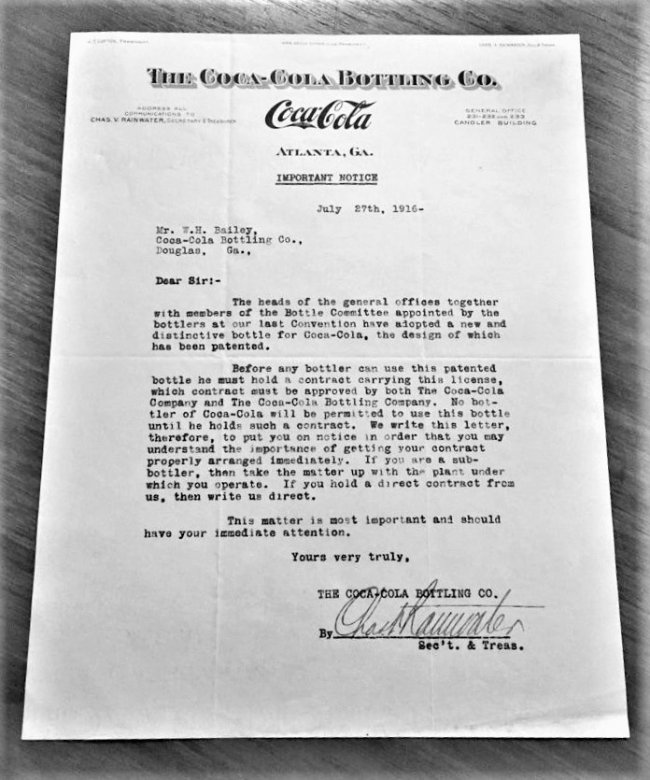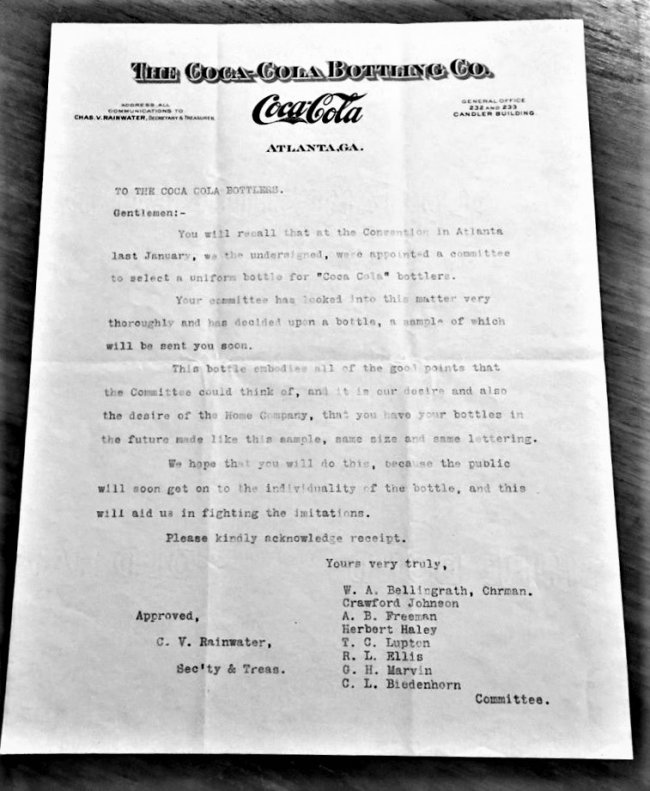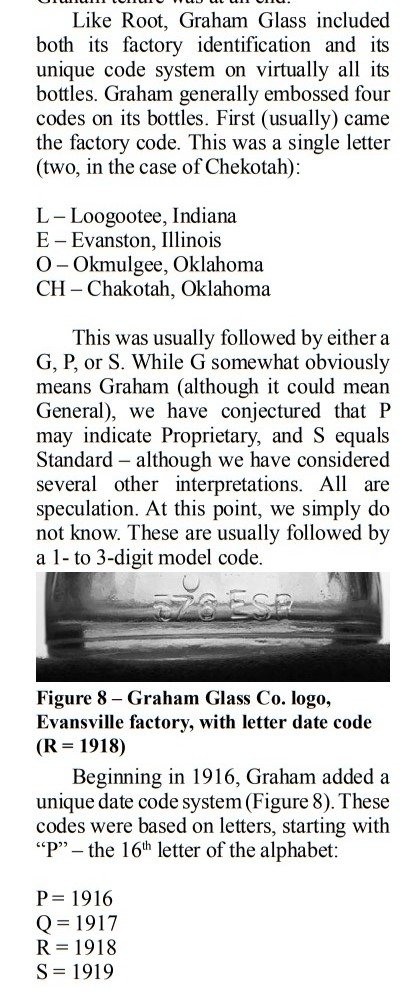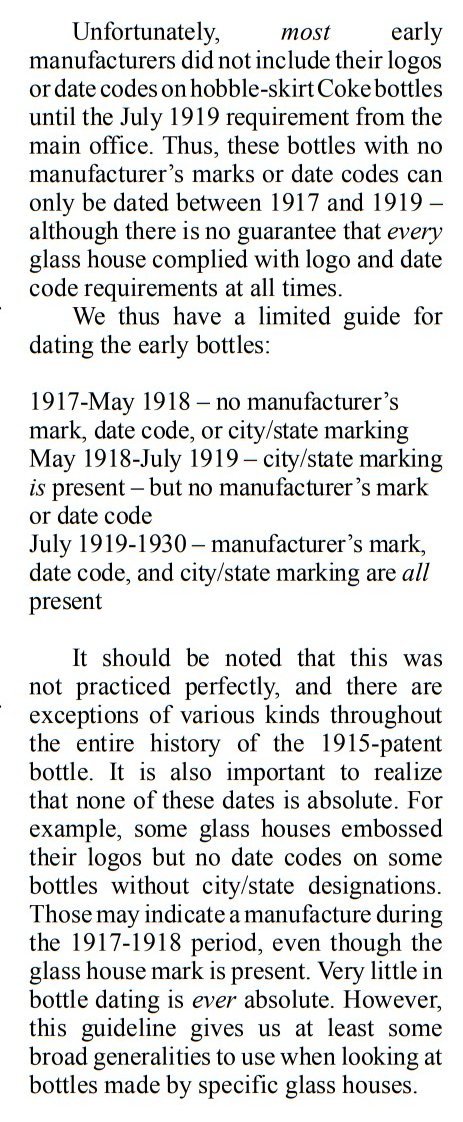SODABOB
Well-Known Member
- Joined
- Aug 10, 2016
- Messages
- 2,121
- Reaction score
- 482
- Points
- 83
Next up are several more recently discovered newspaper articles from 1916. I'm going to stick with the pdf format because they can be easily zoomed and include the newspaper locations and dates of publication in the upper right corners. The one from January of 1916 is primarily for those who are not aware that the Hobbleskirt was voted on and selected from about a dozen entries by glasshouses who submitted their examples at the Coca Cola convention in Atlanta, Georgia. Even though it is not my intention to rewrite the entire history of the Hobbleskirt, the date of the convention will establish a timeline in connection with the other articles. Especially notice the bottlers and locations. Even though I don't know who made their bottles, if they exist and are dated, then it will be some good ones to look for that might also include examples from 1916.
More later
Bob
Notice they all claim to be the first - which I suspect means in their individual territories and not nationally.
More later
Bob
Notice they all claim to be the first - which I suspect means in their individual territories and not nationally.
Attachments
-
(2) Hobbleskirt New Bottle_The_Columbus_Ledger_Tue__Oct_17__1916_.pdf402 KB · Views: 82
-
(3) Hobbleskirt New Bottle_The_Columbus_Enquirer_Sun_Sun__Oct_22__1916_.pdf387.2 KB · Views: 117
-
(4) Hobbleskirt New Bottle_The_Tampa_Tribune_Sun__Nov_12__1916_.pdf510.8 KB · Views: 79
-
Coca Cola Convention_The_Atlanta_Constitution_Tue__Jan_18__1916_.pdf344.3 KB · Views: 113
Last edited:




